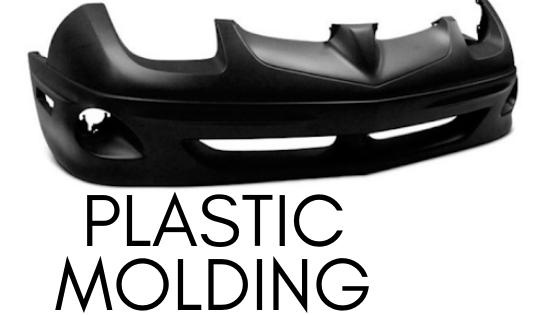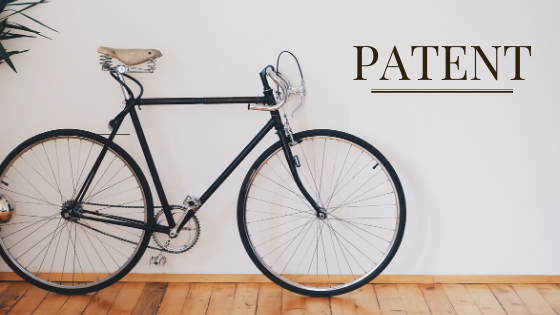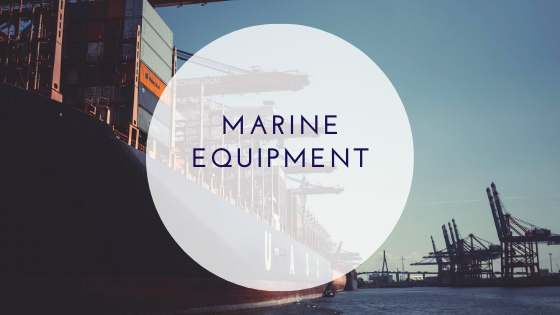Making plastic is fairly straightforward and can be summed up in four basic steps: first prepare raw materials and monomers, then carry out polymerization reactions, next process the polymers into polymer resins, and finally, produce finished products.

Crude oil contains hydrocarbons that make up monomers obtained while refining oil and natural gas. As these hydrocarbon monomers are collected, they then undergo chemical processes preparing them for the creation of new plastics. Next, polymerization produces polymer resins, which emerge as pellets and beads of raw plastic material. At last, these polymer resins are heated; molded, and cooled to produce the products we find surrounding us in our everyday lives.
The processes by which we get our finalized plastic products include extrusion, injection molding, rotational molding, and blow molding. Extrusion involves melting the raw plastic then forcing it through a small aperture until letting it cool with air or with water. In injection molding, pellets are melted in a hopper then forced under high pressure into a cooled mold. Blow molding blows the heated resin with compressed air to create a hollowed out container. Finally, rotational molding rotates the mold while heating the resins so the plastic is dispersed equally throughout the mold.





